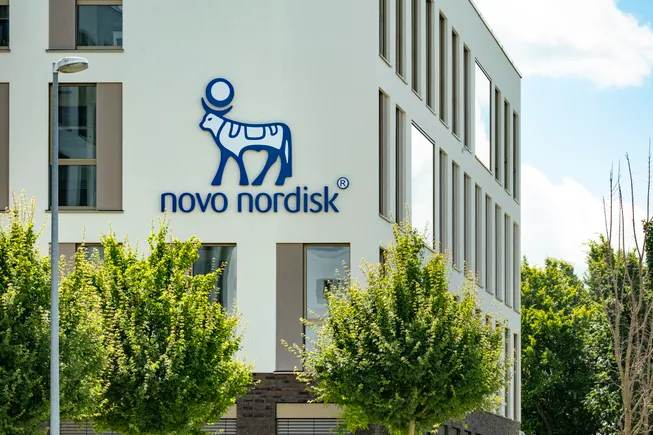With pharma in ‘catbird seat,’ biotechs get less upfront in drug partnerships


The recent downturn in the biotechnology sector affected startups in many ways, from the availability of financing to the types of research they pursued. A report J.P. Morgan analysts published late last month suggests yet another ripple effect: a seeming shift in the terms young drugmakers receive in partnership deals.
According to the report, the economics of drug licensing deals between pharmaceutical and biotech companies has in recent years changed substantially.
While the total value of these deals hasn’t budged much, the share of guaranteed cash and equity biotechs receive upon signing, known as an upfront payment, has fallen by half, the report’s authors wrote.
In 2019 and 2020, upfront payments accounted for about 13% and 12%, respectively, of the overall value of drug alliances struck those years. That number has fallen steadily since and hit 6% over the first half of 2024. If that figure holds up, it would be the lowest share since at least 2015, per the report.
Deals are becoming more heavily backloaded, with the bulk of the money biotechs are eligible to receive coming in the form of “bio-bucks” that may never materialize. These promised — but not guaranteed — payouts are making up a larger share of deal totals, with the largest portion often tied to post-approval sales targets, the report shows.
To some industry insiders, the shift reflects the reality of a more risk-averse environment. Last decade, before being bought by Bristol Myers Squibb, Celgene modeled a flexible type of dealmaking that, at times, involved handing unusually large checks to unproven startups. That strategy was replicated by other big firms hoping, like Celgene, to become a partner of choice.
Pharma companies now appear more discerning, putting biotechs under greater pressure to deliver results before getting a financial reward. The deal terms startups can get are changing as a result.
“The world is not receptive to that kind of a deal structure anymore,” said Tom Duley, a partner at the law firm Sidley Austin, who works on collaborations and M&A deals in the life sciences sector. “The economics of these deals are more closely tied to actual real-world progress than they were 10 years ago.”
Companies with more proven drug assets are prized commodities. Between 2022 and the first half of 2024, the median upfront cash and equity payments for companies with drugs in late-stage testing spiked from $75 million to $200 million, according to J.P. Morgan. Over the same timeframe, the median upfront payouts to preclinical biotechs fell from $75 million to $47 million, suggesting younger companies are bearing the brunt of the changing environment.
There’s always a “tension point” in licensing deals, where one side of the table pushes for more cash upfront and the other wants less financial risk, added Stephen Abreu, another Sidley Austin partner at who negotiates life sciences transactions. But “right now, the people paying have a bit of an advantage,” he said. “There’s been more stringency.”
That leaves startups, which already depend on regularly raising money, in a difficult negotiating position. Investors currently favor companies with more advanced drug prospects, meaning newer biotechs are “fighting for survival,” said Jakob Dupont, an executive partner at Sofinnova Investments.
According to Dupont, those companies may have to narrow their research focus or find other types of funding.
Meanwhile, their prospective partners sit on piles of cash they can be selective in deploying. They also have a deeper pool of potential drugs to choose from. More China-based biotechs have advanced assets to offer, creating competition for U.S.-based startups and driving licensing prices down, said Duley, of Sidley Austin.
Pharma is “in the catbird seat” and can choose what will “drive the most value for them,” Dupont said. Biotechs “can’t be as aggressive about their terms and upfront payments” as a result.
“The reality these days is that it really takes scrappy leadership teams and boards to really find creative ways to keep these companies going,” he added.
This post has been syndicated from a third-party source. View the original article here.




